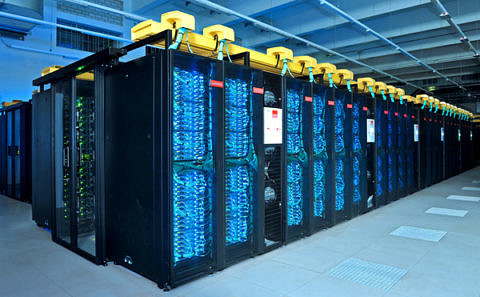Computing resources granted for SuperMUC-NG
September 2019. Dendritic cells (DCs) are key players in the immune system as they orchestrate the initiation of immune responses, but also the induction of tolerance. DC signaling response and the host recognition of invading pathogens primarily rely on receptors that are highly expressed on the cell surface of DCs. These include the large family of the membrane-associated C-type Lectin Receptors (CLRs), which are able to selectively recognize and internalize several pathogens but also endogenous antigens, having an important role in avoiding autoimmunity. Harnessing CLRs as a strategy to directly activate DCs and in turn initiate and modulate immune responses is of considerable interest for immunotherapeutic approaches. However, the molecular mechanisms driving DC signaling response by CLRs are still poorly understood.
Often, signal transduction relies on the spatial organizations of receptors as well as of effector proteins on the cell plasma membrane. In particular, diverse cellular signaling events, including dendritic cell activation by CLR, are hypothesized to be facilitated by domains enriched in specific plasma membrane lipids and proteins that resemble liquid-ordered phase-separated domains (or “lipid rafts”) in model membranes.
The Leibniz-Rechenzentrum now awarded 33.6 million core hours for a project aiming to decipher the molecular driving forces for the partitioning of dendritic cell receptors to different membrane domains and thus to support future efforts aiming at the design of DC-based immunotherapies. Molecular dynamics simulations will allow to quantitatively characterize the sorting of receptors to well-defined ordered and disordered membrane domains.
